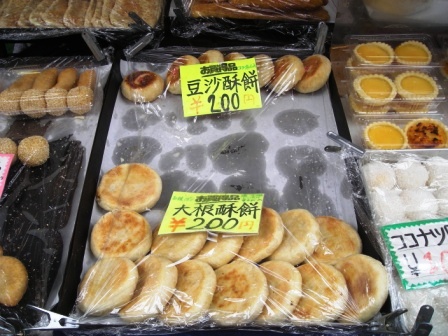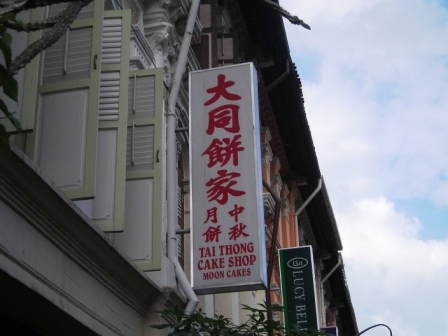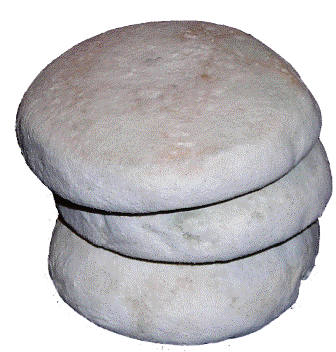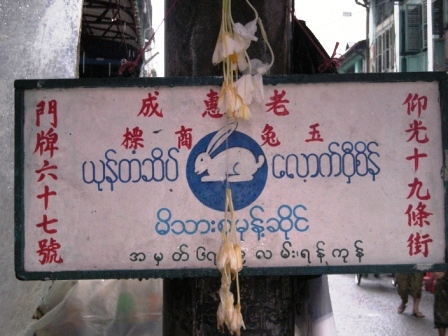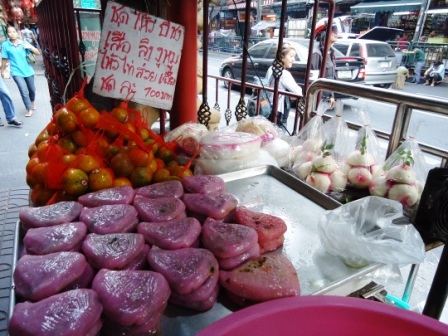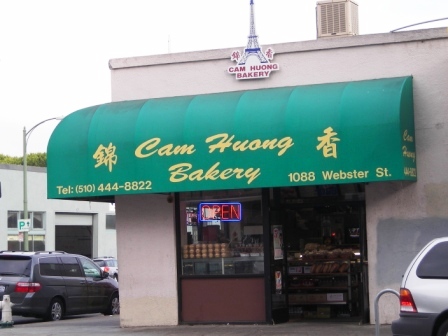
| Home | Chinatowns of the world | Festivals | Culture | Food Culture | History | Countries |
| Chinese Religion | Tours | Sitemap | Documentaries | About | Contact |
Chinese Pastries
Chinese pastry ingredientsChinese pastries are made from basic ingredients such as flour, glutinous rice, yeast, sugar, salt, egg, and oil. Common stuffing ingredients include red bean paste, lotus paste, green bean paste, nuts, and preserved foodstuffs. The final product maybe sprinkled or flavored with spices, sesame or sugar.
Chinese pastry decorationsIn most instances, traditional motifs are printed onto the pastry to complete the production process. Common motifs include symbols of longevity, luck, prosperity, peace/safety and double happiness. Product information can also be printed onto the pastry. For example, the character vegetarian 素 printed on pastries indicate it is suitable for vegetarians. Products of well-known shops are printed with the business name.
Festive Chinese pastriesSpecial Chinese pastries are produced and consumed during festivals and are seasonal in its production. The most well known, most popular and with the most variation is probably the Moon cake,月饼,consumed during the Mid Autumn festival,中秋节,on the 15th day of the 8th lunar month between September to October. Such pastries serve as food and as time markers during the course of a year. Another example is the Nian Gao, 年糕, New year cake, consumed during the Chinese New Year. Chinese pastries and symbolic consumptionSome pastries are event related and available during most parts of the year. They are used as gifts, or during ceremonies to celebrate socially significant events like marriages, birth of a new child, birthdays, deaths and even job promotions. Pastries are also used as props during lion dance performance. Event related pastry could be a generic product printed with a motif for the occasion. For example, bean paste pastry 豆沙饼,when printed with the character of double happiness (双喜)is used for wedding ceremonies. The same pastry when printed with the character “luck”, 福, could be used for religious offerings. Event specific pastry can be shaped into specialized designs. The most well known example is the Longevity peaches 寿桃 shaped as celestial peaches 仙桃. The host uses such pastries to mark the occasion or for ceremonial purposes. Guests may present it as gifts to the host. In Chinese societies, the boundary between festivals, social events and religious activities is fluid. Any festival or social event will involve a degree of religious ritual and pastries perform both ritual and social functions at the same event. Food items used for rituals are often consumed afterwards. Good tasteBeyond its common association as ritual or ceremonial products, traditional Chinese pastries are also popular daily food items for the simple reason that they taste good. Popular items include horse hoof pastry (Matisu) 马蹄酥 , bean paste biscuit 豆沙饼, prosperity cake发糕, wifecake 老婆饼, and ang ku kuey 红龟糕, shaped like the shell of a turtle/tortoise and symbolizes longevity. For more examples, see Chinese pastry guide. At well-known shops, consumers are willing to wait for hours to be able to buy their favorite pastries. Social functions of Chinese pastryChinese pastries are also used in corporate functions for guests and expatriate staff to sample traditional Chinese pastries. During office birthday parties, items like longevity buns add an east-west twist to the function. These new customers reflect the popularity of fusion food concept underwritten by cross-cultural interactions. The consumption and exchange of pastries creates opportunities for individuals, families and even companies to reinforce relationships and to celebrate special events. The next time you enjoy a Chinese pastry, use that opportunity to enjoy a taste of tradition. Related articles:
|
|
| Join us on | Youtube | |||
| Copyright © 2007-24 Chinatownology, All Rights Reserved. | ||||
 Chinese pastries are popular food items that come in all shapes, colors and sizes and are available all over Singapore. In this article, “pastry” is used in a generic sense to refer to a wide range of Chinese food products that could be baked or steam and savory or sweet. They can also be referred to as
Chinese pastries are popular food items that come in all shapes, colors and sizes and are available all over Singapore. In this article, “pastry” is used in a generic sense to refer to a wide range of Chinese food products that could be baked or steam and savory or sweet. They can also be referred to as 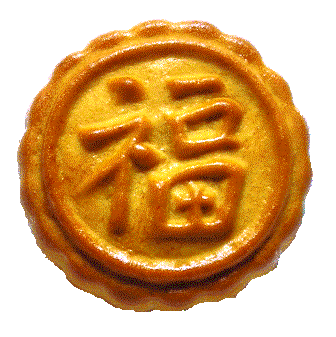 In many
In many 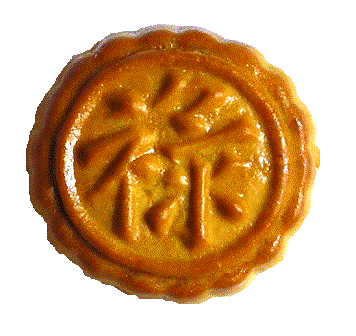 These ingredients combined with different production techniques give rise to a wide range of pastries with different taste, texture and shapes.
These ingredients combined with different production techniques give rise to a wide range of pastries with different taste, texture and shapes.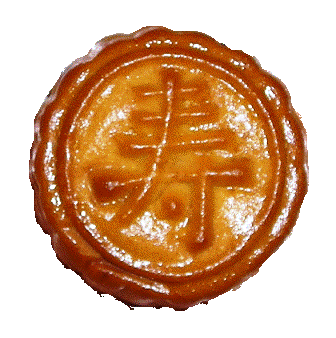 The final product is a traditional Chinese pastry that fulfills food, ritual, festive and social functions.
The final product is a traditional Chinese pastry that fulfills food, ritual, festive and social functions.
